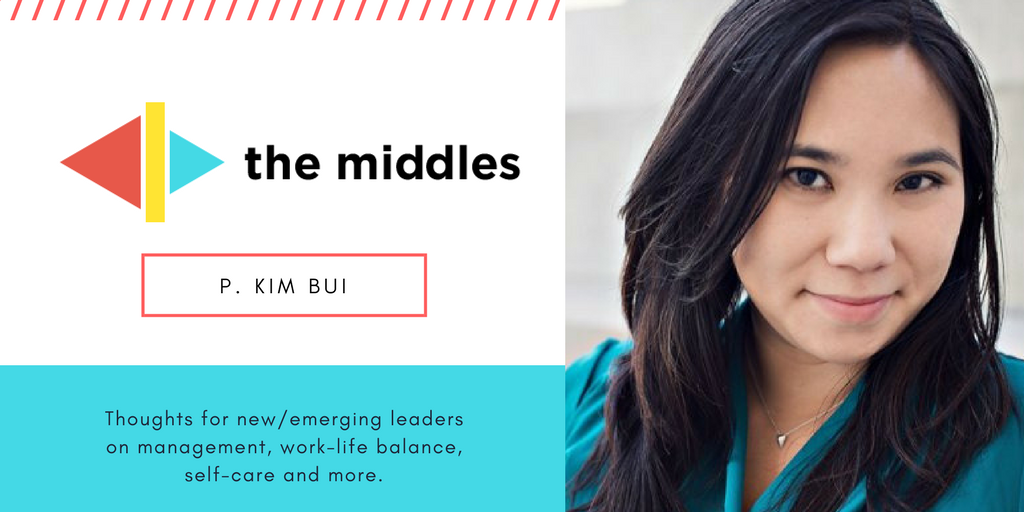I’ve mentioned job descriptions a couple of times before in this column. I was writing one this week, (maybe the second of my career), and I thought out loud that a job description is the first transaction between myself as someone involved in hiring and the person I’m going to manage/work with. It says a lot about you, and your company.
So here are some things I learned about writing job descriptions this week, but please, reply with others because I’m a newb at this! (Some earlier tips from folks shared here)
What are you telling someone about your company?
We write job descriptions to list out what we need, but what about the applicant’s need? They’re looking to find out more about the job, the team, how they’ll be managed. I’m a huge fan of how much time Buffer spends on their web site describing what it’s like to work for them for each job (here’s an example of an open job listing).
They use the world value a lot. At reported.ly we wrote out team values, and we used them to defend our decisions. Do you know your company’s values? Do you value diversity? How will an applicant know that?
About that diversity line….
There’s usually an equal opportunity line in every job description. When’s the last time you looked at what HR wrote? Does it literally says EOE (equal opportunity employer) and that’s it?
A good example of a diversity line that is about way more than diversity, from Mapbox (which I recently learned has excellent hiring practices):
We strongly believe in the value of growing a diverse team. We encourage people of all backgrounds, genders, ethnicities, abilities, and sexual orientations to apply.
You can make, at the very least, this one line better.
What you need versus what you can teach
I’ve seen those job listings, the ones where you read them and say “this person doesn’t exist.”
Why are we still writing descriptions as wishlists? I wanted to avoid this, so I wrote down a list of things we needed for this job (curiosity, some storytelling experience, etc) and a list of things we could teach someone (AP style, video editing). When I wrote the job description, I made sure to make it clear what was needed, keeping that list realistic and short. Then I added in what I was hoping for, also making that clear.
Do you need a ninja?
Words matter. Do you need a rockstar? Or just someone who understands mobile? Do they really need to have worked in it for 5 years, or do they only need to be able to demonstrate leadership in product management on mobile?
Think deeply about how you list qualifications, because of that statistic, that men only apply for a job when they meet 60% of qualifications, where women apply when they meet 90% or higher.
Also think deeply about how someone might read your descriptions. Does “start-up culture” read as code for lack of work/life balance? Is it better to say you need someone who can work in a deadline-driven environment? Avoid any words that can be misconstrued to have a deeper meaning, implied or not.
Some other pieces with good tips
5 ways to make your journalism job descriptions better (Poynter)
Your job descriptions are hurting your hiring pipeline (ThinkGrowth)
Job listings that don’t alienate (Erin Kissane)
Building a diverse newsroom (Lam Thuy Vo)
Remember, subscribe to The Middles newsletter, delivered once a week: themiddl.es.






Add Comment